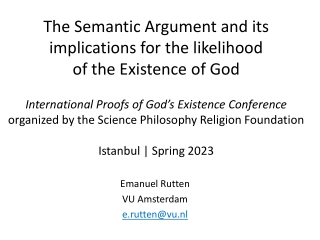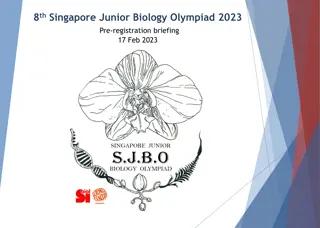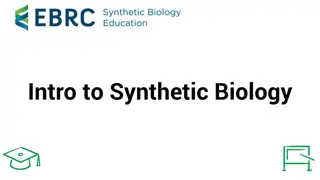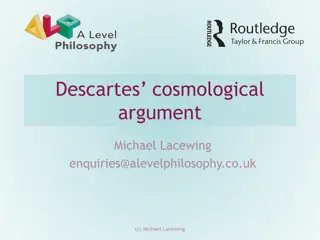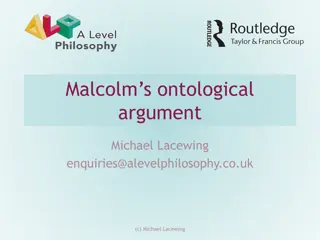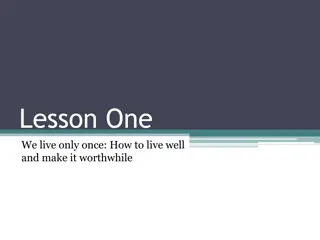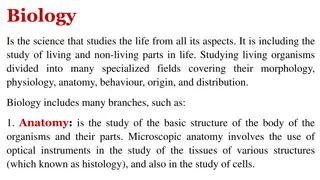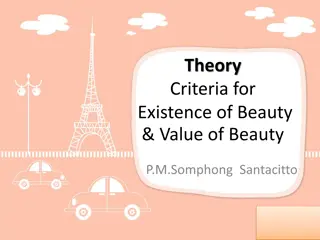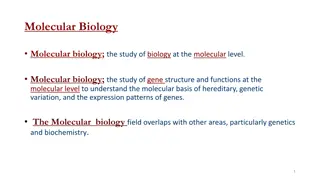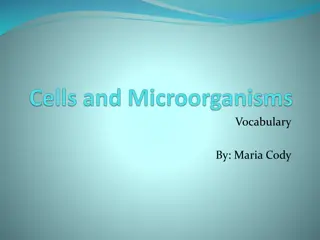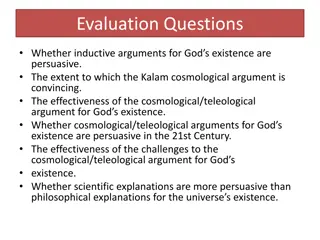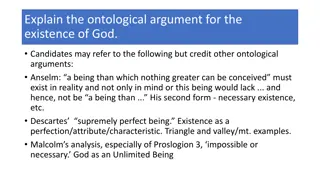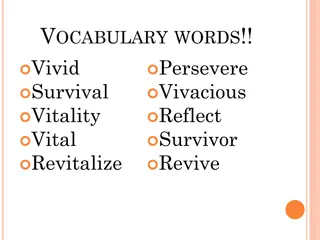Studying Life in Biology: The Essence of Existence
The essence of life and its intricacies are explored in biology, covering topics such as DNA inheritance, organization of living things, growth and development, reproduction, adaptation to the environment, cellular makeup, energy metabolism, and evolution. The distinction between living and non-living entities is examined through examples ranging from bacteria and cells to clouds and rocks. Delve into the fascinating world of life sciences to uncover the wonders of existence.
Download Presentation

Please find below an Image/Link to download the presentation.
The content on the website is provided AS IS for your information and personal use only. It may not be sold, licensed, or shared on other websites without obtaining consent from the author.If you encounter any issues during the download, it is possible that the publisher has removed the file from their server.
You are allowed to download the files provided on this website for personal or commercial use, subject to the condition that they are used lawfully. All files are the property of their respective owners.
The content on the website is provided AS IS for your information and personal use only. It may not be sold, licensed, or shared on other websites without obtaining consent from the author.
E N D
Presentation Transcript
Part 3: Studying Life Biology = the study of life Bios = life | ology = study of
Part 3: Studying Life DOG RACE!
DOG RACE 1. DNA directions for inheritance (DNA)
2. Organization living things must be highly organized and efficient in order to survive Cells-Tissues-Organs-organ System- Organism
3. Grow and Develop Growth = getting larger Development = changing shape and structure
4. Reproduce Sexual = DNA from 2 different parents Asexual = single parent (cloning, budding)
5. Adapt & Respond to environment Stimulus = a signal Response = a reaction
6. Made up of cells Unicellular = 1 celled Multicellular =many celled
7. Energy Metabolism = chemical reactions in the body Animals eat to obtain energy Plants photosynthesize
Is it Living? Listed below are examples of living (which includes once-living) and nonliving things. What things below are considered living? What rule or reasoning did you use to decide if something could be considered living? Explain your answer. Bacteria Cell Molecules Sun Mushroom Potato Leaf Butterfly Fossil Hibernating bear Mitochondria River Tree Rock Boy Wind Rabbit Cloud Feather Grass Seed Egg


